
Eyes on images of Tibet "Happy Lamas and Sacred Snows"
People around the world are always interested in Tibet travel. They take it as a mystery land different from other places. On an evening in late July, on a 12th-floor gallery space at the Asian Cultural Center in Manhattan, a crowd gathered for the opening of an exhibition featuring 70 beautiful, large color photographs of Tibet. Organized by the Overseas Chinese Affairs Office of China’s State Council, as well as China’s Consulate General in New York, the exhibition was titled Tibet: Sacred Land of Snows. It was the rooftop of the world as seen through the eyes of Chinese photographers, all of whom were from mainland China, Macau, Hong Kong, and Taiwan, and had participated in an event called “Capturing Tibet in 24 Hours.”
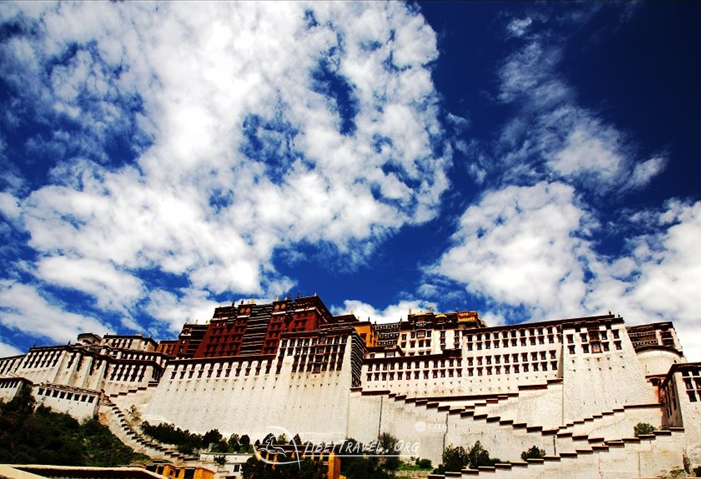
Many of the images expressed a sense of the region’s expansive, luminous beauty: one showed Everest’s peak catching the light of sunset, and another presented snow-covered yaks, the animals’ figures dark against a snowy landscape in Nagqu prefecture. There were scenes of Tibetans: one showed a family of five by the side of the road, their picture taken in the midst of a religious pilgrimage that involved walking and prostrating. Religious scenes were common in the images: there was a group shot of seven lamas posing in front of Lhasa’s Potala Palace, and another of two lamas in front of a glowing bank of oil lamps, the yellow light filling a darkened room, shadows caught in the folds of the lamas’ red robes. Another photograph depicted, in front of a background of snowy mountains and a blue sky, a locomotive on the Qinghai-Tibet railway. While the photos wouldn’t have been out of place in a travel brochure, many of them rose above standard tourism shots and were quite lovely.
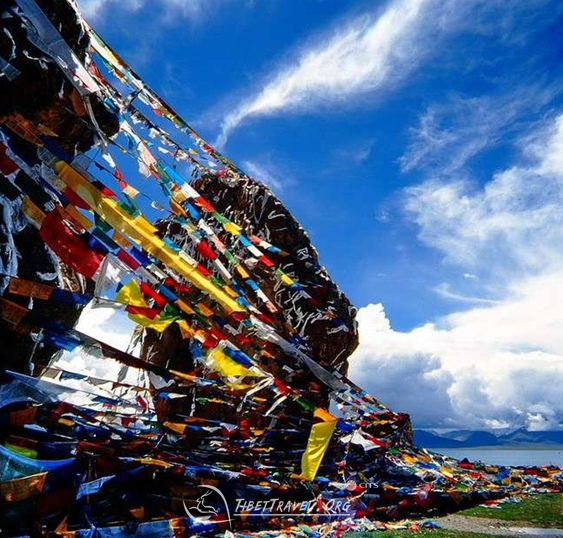
One of the observers at the exhibit’s opening was Hongwen Zhu, a scientist in the pharmaceutical industry who grew up in Tianjin, China, but now works in New York City. “Tibet is a very nice place, it’s a very important part of China,” Zhu said. “I dreamed about that, but I’ve never been there before. So that’s why I came here to look at these pictures.” He added that he’d occasionally searched for images of Tibet through Google in the past.
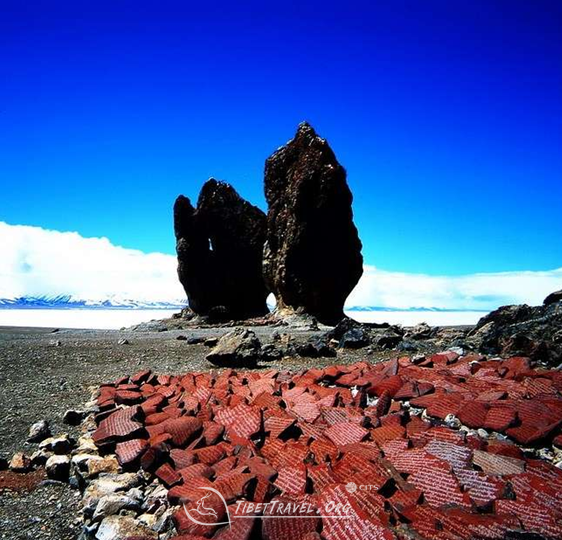
In her opening remarks, the director of the Asian Cultural Center, Rachel Yang, pointed out that the images included “spiritually important Tibetan landmarks”—the Potala Palace—as well as “natural scenery such as the Namtso lake, which is the second-largest salt-water lake in China.” She continued, “There are also many photos about the present-day lives of ordinary Tibetan people, and some [that] capture the region’s modernization over the past half-century. Those pictures show both the old traditions and the new technology mingling in such a unique way.”
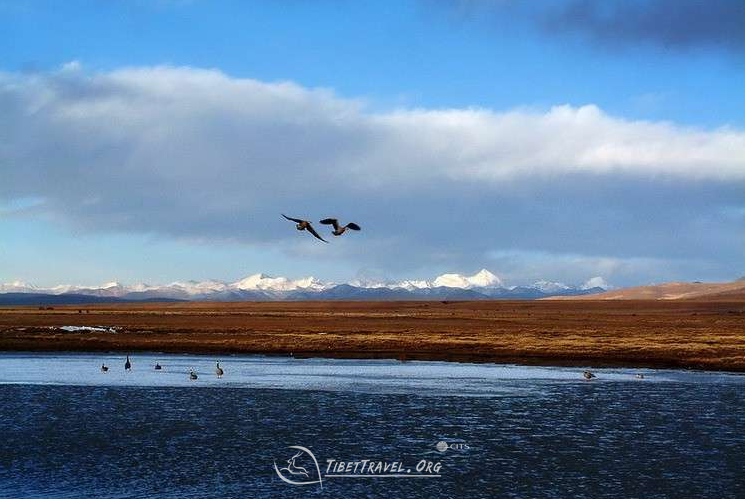
Why the exhibition on images of Tibet? Sun Guoxiang, China’s consul general in New York, explained that it’s about encouraging Americans to go to Tibet and also to better understand the place. “There are some incomplete messages about Tibet in the American public,” he told Newsweek through an interpreter. “What has been shown in these pictures, although they are a very small number, it does showcase a true, real, and dynamic Tibet. And I think it also answers some questions or concerns by the American public about whether the Tibetan culture has been destroyed, whether the Tibetans have lived a very bad life. So I think what we show in these pictures will promote the understanding of the American public about what lives the Tibetans have and what policies the central government has taken to protect the ethnic minority’s culture. And also through these photos, we hope to increase the awareness and interest in the American public about Tibet and encourage them to go to Tibet.”
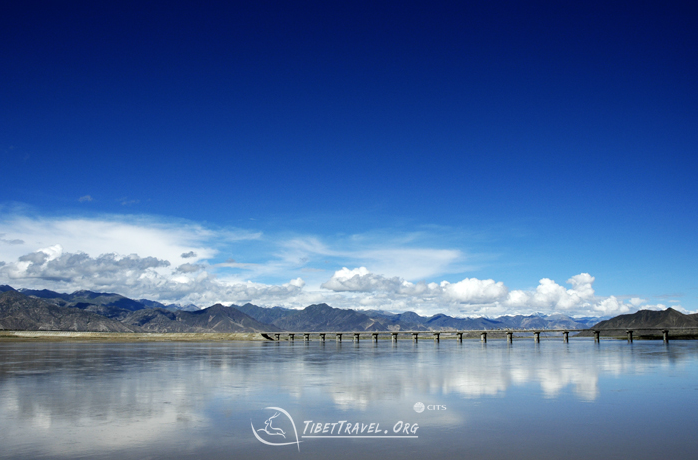
“The central government is giving a very high degree of autonomy to Tibet,” Sun added, “and Tibet is enjoying preferential policies, preferential policies different from other provinces of China. And I think this kind of support and understanding and favorable policies really benefit the Tibetans, and the Tibetans really understand that.”
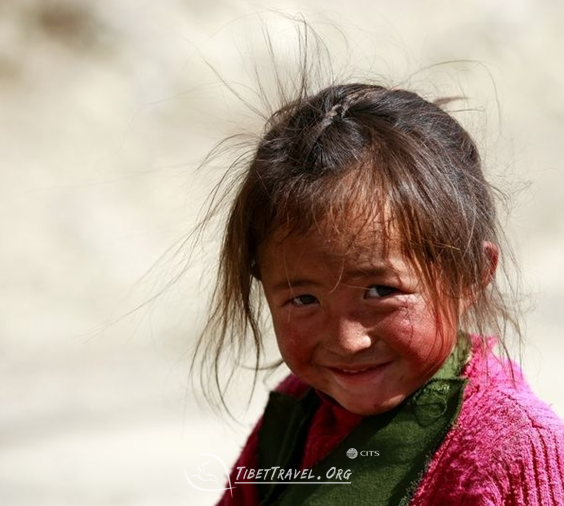
Over the past 15 to 20 years photographs from China representing Tibet in this way are not unexpected, said Robert Barnett, director of the Modern Tibetan Studies Program at Columbia University’s Weatherhead East Asian Institute. The way China depicts Tibet in exhibitions like this for audiences outside of China is similar to the way Tibet is represented inside China photographically, Barnett said. One aspect of photographs like this is “the theme of the beautiful landscape and the purity of nature and the exquisiteness of mountain vistas and so on,” he says. (Barnett hadn’t seen this exhibition but has seen exhibitions like it.) “So this is a theme we find inside China, among Chinese people; they’re very, very focused now on this theme, and it’s particularly associated with the building of the railway from western China from Qinghai to Lhasa that was completed in 2006 and is currently being extended even further into Tibet now.” The building of that railway, Barnett said, was “accompanied by a huge move to increase tourism within China and to get Chinese tourists to go to Tibet.”

With exceptional passion and outstanding leadership, Mrs. Catherine has dedicated herself to Tibet inbound tourism and China tour for 15 years. As one of the handful females who see great potential of Chinese inbound tourism, Catherine has made great contribution to promoting Tibet tourism and enhancing the employment of Tibetans and prosperity of local Tibetan community.
Over the years, she travelled overseas with Tibet Tourism Bureau many times to promote Tibet tourism. Currently, Catherine works as the marketing director of Tibet Vista, an opinion leader behind the whole team of Tibet Vista.
Related Articles & Posts

Latest Tibet Travel News

Tibet Vista: A Social Responsible Tour Organizer
Aug 14,2023

Tibetan Monks Debate in Drepung Monastery
Jun 10,2023
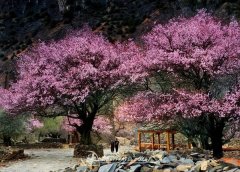
Tips for Traveling to Tibet in Spring
Feb 17,2022
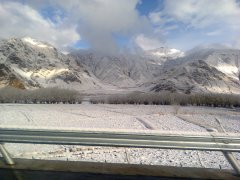
Snow Will Hit Qinghai-Tibet Plateau
Feb 17,2022


.jpg)




0 Comment ON "Eyes on images of Tibet "Happy Lamas and Sacred Snows""